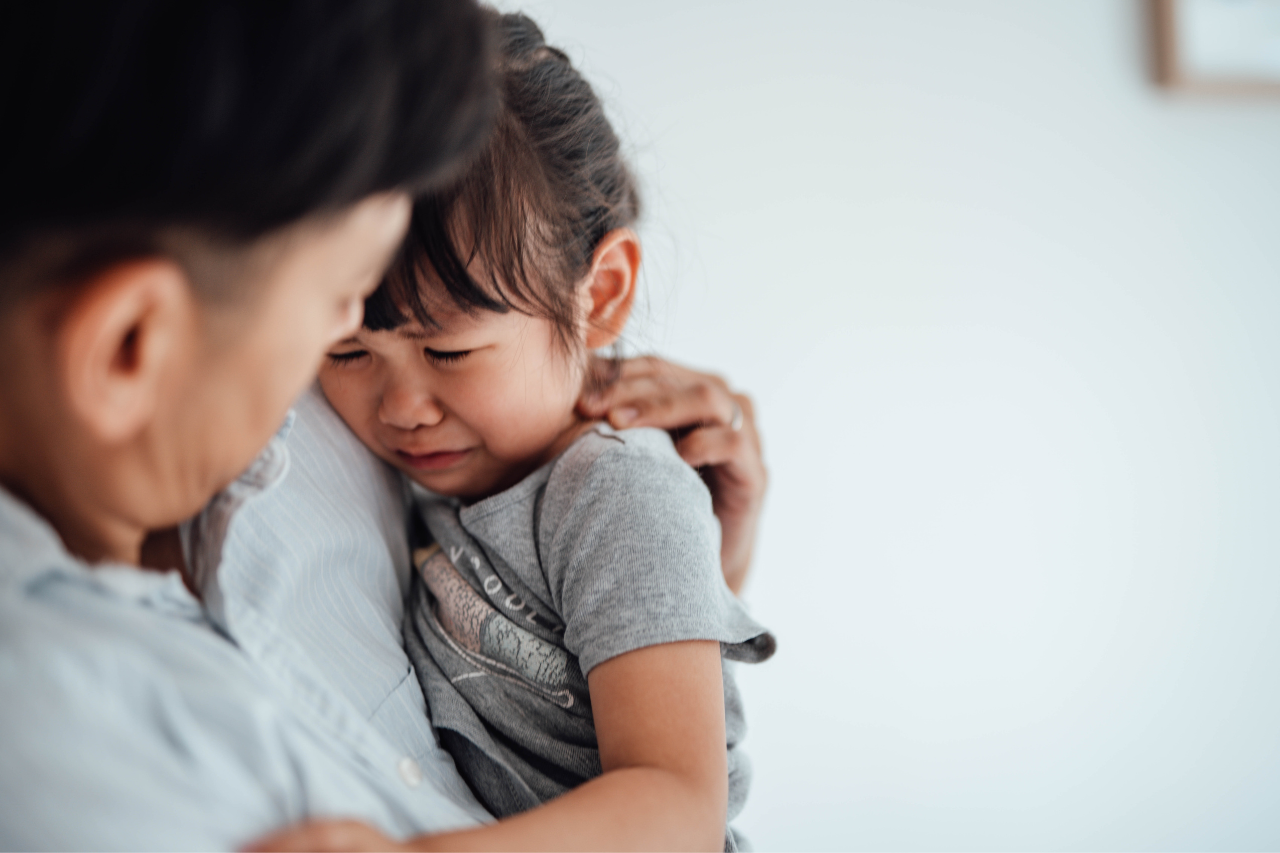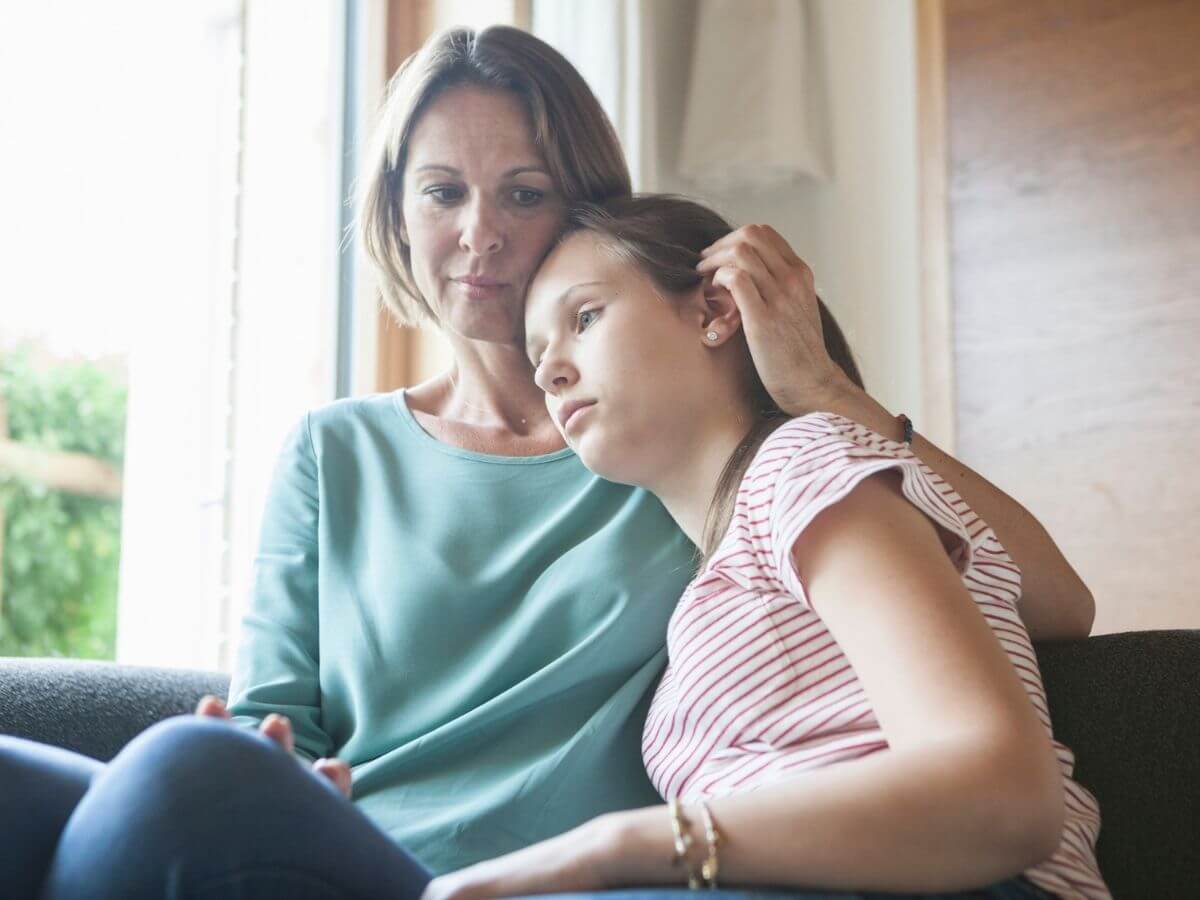Separation Anxiety in Infants and Toddlers

Separation anxiety is a condition where a child fears being apart from their parents and other family members and worries until they’re reunited with loved ones. It’s a common condition, but that doesn’t make it any easier when leaving your child with another caregiver. Fortunately, there are actions you can take to reduce your child’s fear of separation.
This article addresses separation anxiety in infants and toddlers, including symptoms and how to ease your child’s concerns.
How Do I Know if My Child Has Separation Anxiety?
Symptoms of separation anxiety include the child displaying behaviors such as:
- Crying when being dropped off at daycare
- Physically clinging to you in new environments
- Having trouble falling asleep when you’re not nearby
- Waking and crying during the night when they previously slept soundly
- Worrying excessively about their safety or yours
- Having temper tantrums when being dropped off
- Experiencing muscle aches and tension
- Having nightmares featuring separation themes
- Experiencing frequent headaches, stomach aches, or other unexplained health issues
- Refusing to go to daycare or school
It’s important to note that it’s normal for your child to feel uneasy when you’re not with them. Their feelings are considered separation anxiety when they happen frequently or constantly, and the stress impacts their quality of life and yours.
When Does Separation Anxiety Start to Occur?
If your child starts behaving differently when you drop them off with a caregiver, you may wonder about separation anxiety and age. When it develops depends on several factors, including your child’s temperament, degree of attachment to you and other family members, the people they spend time with when away from you, etc.
The condition can be seen for the first time in babies or later, as they become toddlers.
When Does Separation Anxiety Happen in Babies?
Babies develop the sense of “object permanence” (the understanding that things and people exist even when out of sight) between four and seven months of age. When a loved one leaves their presence, the baby’s knowledge that the person is “out there” somewhere and not with them can be upsetting.
Some parents notice their child exhibiting signs of separation anxiety at six months. The first appearance of separation anxiety symptoms at eight or even 14 months is also common.
When Does Separation Anxiety Happen in Toddlers?
Some children don’t show signs of separation anxiety as babies. Instead, it manifests when they are approaching or in their toddler years — at 15 to 18 months or later.
It can occur when they’re left with a daycare provider, a relative they don’t often see, when one of their parents is away from home for an extended period, etc.
How Long Does Separation Anxiety Last?
Every child’s experience with separation anxiety is unique. In some instances, the condition lasts from infancy through elementary school. However, it’s common for separation anxiety to end by the time a child is three years old.
Eventually, they realize that as much as they love and need you, there are lots of fun new experiences to be had with other kids and in different settings!
How Do I Ease My Child's Separation Anxiety?
Take these actions to help reduce your child’s separation anxiety symptoms and increase their comfort with being away from you:
Work up to longer separations
Help your child understand that separations are temporary by doing things like leaving them in a room in your home with someone for a minute or two and then building to several minutes or more. Tell them, “You stay here and play with grandma for a minute, and I’ll be right back.”
Expose your child to various types of transitions
Drop your child off at a grandparent’s home for short periods, arrange playdates at a friend’s house, have aunts and uncles care for them for an hour or two, etc. These experiences will help them develop confidence that you’ll return and teach them that they can have fun with others.
Create drop-off routines that are quick and complete
Try to go through the same process each time you drop your child off with a caregiver, but be sure it’s a quick transition and that you don’t return if you hear them crying as you leave. Prolonged goodbyes and giving in to tears and tantrums make the process harder for everyone.
Give them your full attention
It may be hard to look at your child’s tear-streaked face as you say goodbye, but giving them your undivided attention helps reassure them that you’ll be back.
Explain your return in terms they understand
Rather than saying, “Have a good day. I’ll pick you up at 5 p.m.” tell them, “I’ll be back right after storytime.” Or, if you plan to be away from home for multiple days, tell your child you’ll return after three “sleeps.”
Get Help with Separation Anxiety from Baptist Health
Whether you have an 8-month-old with separation anxiety or you first see separation anxiety at 18 months, it can be as upsetting for you as it is for them.
The good news is that it will run its course, and your child will get comfortable with being temporarily separated from you and other family members. And you can help reduce your child’s symptoms by taking the actions listed above.
But if you think your child’s separation anxiety is severe, you should seek help. Our behavioral health experts can assess the situation and provide strategies for addressing the condition.



